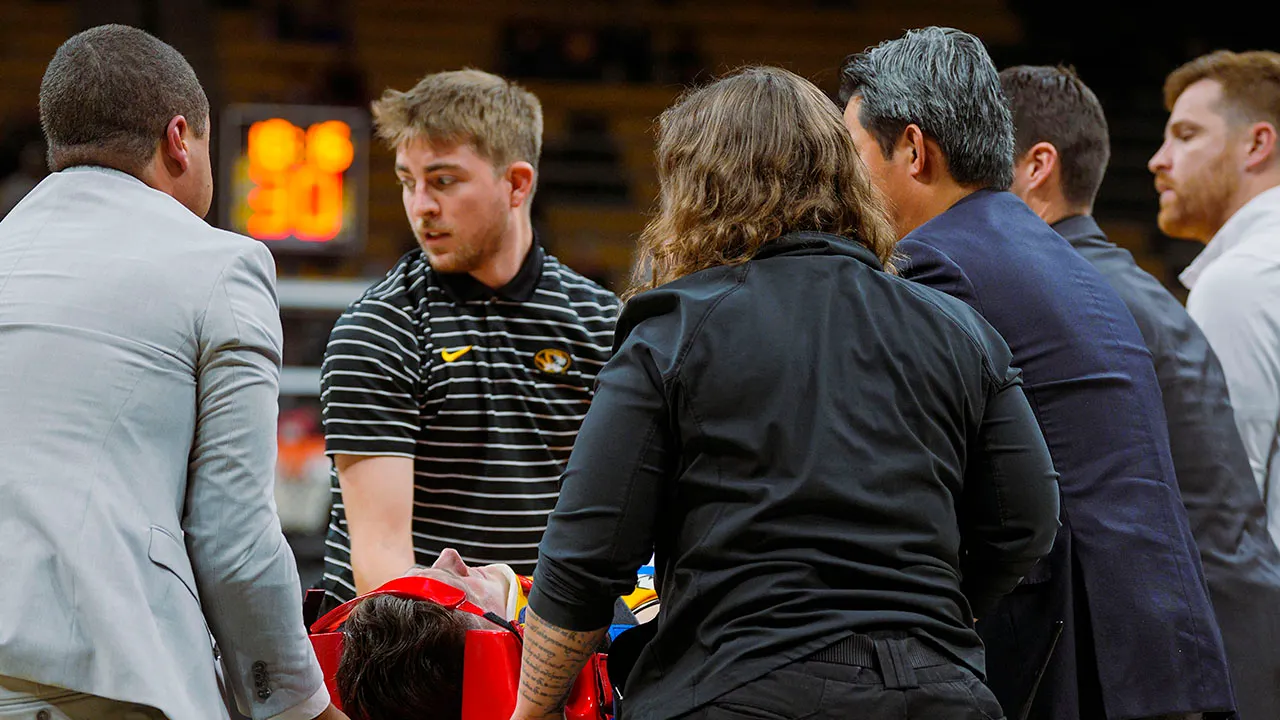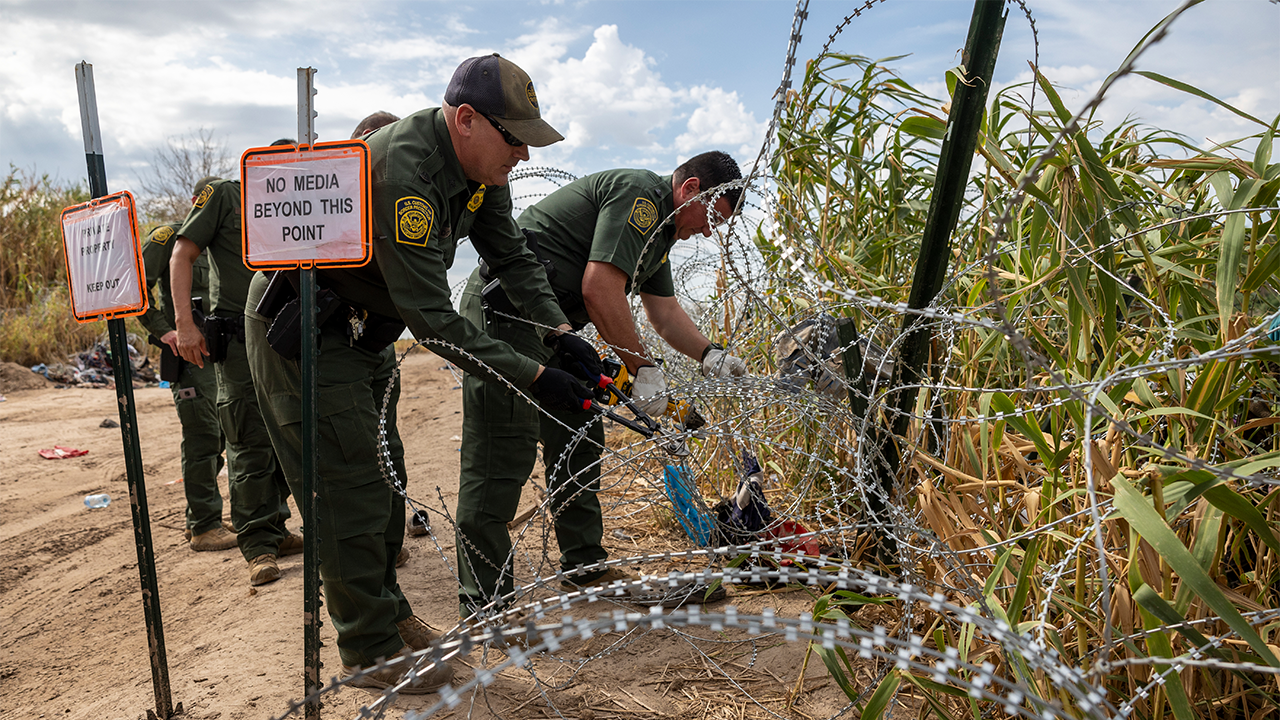Mississippi
Spotlight Biloxi: Mississippi hospitality in one of nation’s oldest cities
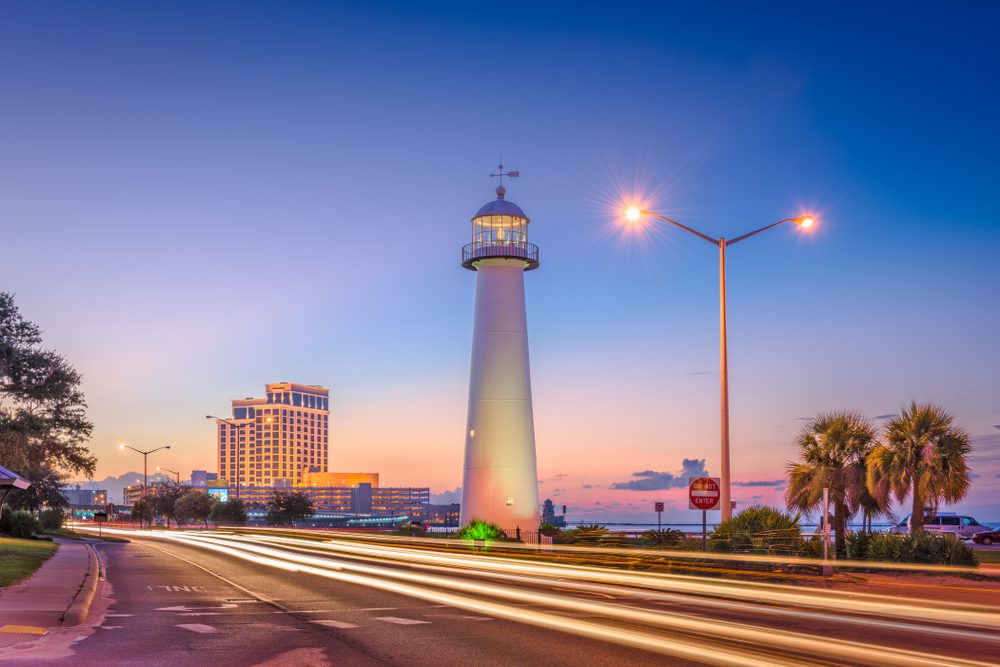
The Southern hospitality, the culture, the history, and the undefeatable grit of the people make Biloxi a true gem of the Magnolia State.
There is an enviable mellow feel south of I-10 in the Magnolia State. Life on the Mississippi Gulf Coast moves at a more leisurely pace. The salt in the air and the 26 miles of sandy beach pull locals and travelers alike into a more carefree state of mind and away from the racket of daily life. A sense of respite attracts people to enjoy the Gulf, whether to stay and play or live and work (and then play, of course).
Biloxi: Glimpses of History and Perseverance
Biloxi is one of the oldest communities in the nation. The city was incorporated in 1838, but the first French, Spanish, and English settlers began to stake their claim in 1699. Those multicultural influences are still on display today with street names like Caillavet, Arceneaux, Babineaux, and D’Iberville–which is named for Pierre Le Moyne d’Iberville, the settler most known for founding Louisiana in the 1700s.
The culture and history of Biloxi are some of the main attractions. “The Biloxi Lighthouse, Maritime and Seafood Industry Museum, Beauvoir, and the Biloxi Wade in Mural and historical marker, just to name a few,” said Pattye Meagher, Director of Communications and Engagement at Coastal Mississippi Tourism.

The Biloxi Lighthouse serves as an icon for the city. First built in 1848, it was one of the first cast-iron lighthouses in the South. It was a civilian-run lighthouse for over 50 years before the Coast Guard took over its operations and “manned the light.” In 1968, the Lighthouse was deeded to the city and is still toured by the public today. Check out the live stream from the top if a trip to the lighthouse isn’t in the cards.
Like the Biloxi Lighthouse, which serves as its icon, the City of Biloxi has stood against Mother Nature’s tribulations. On August 17, 1969, Category 5 Hurricane Camille devastated the Mississippi Gulf Coast. While Camille leveled Pass Christian, Biloxi saw significant damage as well. Homes that weren’t destroyed by wind and water were bludgeoned by boats washed ashore from the surging Gulf. Overall, Hurricane Camille did $1.42 billion in damage across the Gulf Coast.
Biloxi rebuilt and was thriving again— until Hurricane Katrina landed on August 29, 2005. Though the storm made landfall as a heightened Category 3, compared to Camille’s Category 5, it still wrecked the Mississippi Gulf Coast with record-breaking levels of damage. Katrina dealt a devastating blow costing $193.8 billion, making it the costliest hurricane on record. Once again, Biloxi was rocked to the core; a 28-foot storm surge erased buildings, homes, and casino barges as if they were made of tissue paper.
However, like its eternal lighthouse, Biloxi still stands—and it has been rebuilt better than ever.
Food and Fun Abound in Biloxi
There is no shortage of fun to be had in Biloxi. “The Biloxi Shrimping Trip is always a hit with kids and adults,” said Meagher. “ (There’s also) the new Paradise Pier at Margaritaville, The Mississippi Aquarium, Lynn Meadows Discovery Center, and Infinity Science Center.”
Of course, there’s also the beach, where vendors rent chairs or water vehicles and snacks and ice cream are available for sale. If sand isn’t your thing, but you like the view, Biloxi has great sidewalks with bench seating right off of Beach Boulevard— providing a relaxing view without the sandy shoes.
Sports fans can also catch a ball game at MGM Park, the home of the Biloxi Shuckers, or up the ante in another type of gaming with any of the Biloxi casinos— outfitted with sports betting if you choose to combine the two.
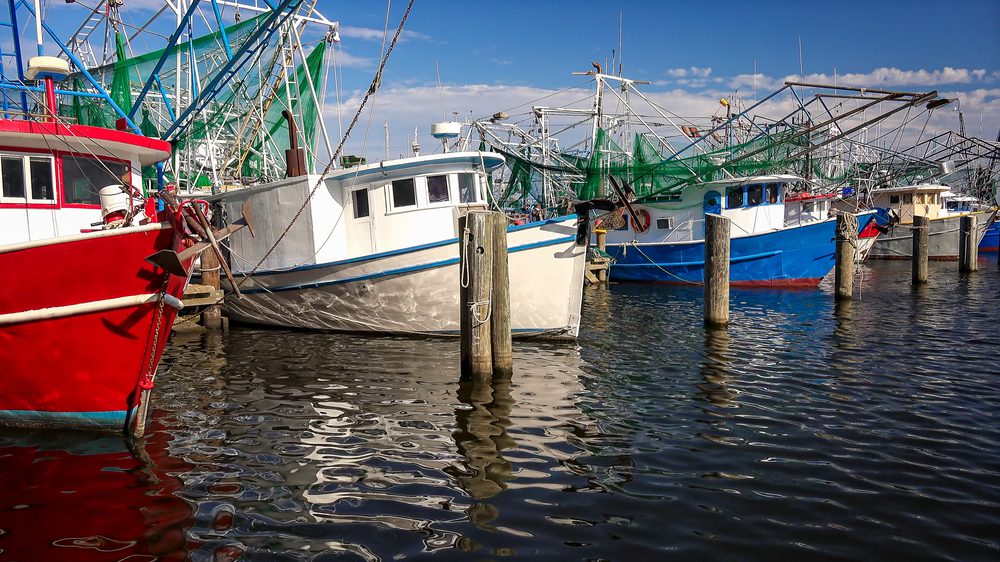
Cuisine on the Coast always offers high-quality Mississippi Gulf Coast harvested seafood. Oysters and shrimp top many of the menus in Biloxi, and that melting pot of early influences from France and Spain are tasted in the complexity of flavors at many restaurants. For the beachy vacation vibe, there’s The Blind Tiger and Shaggy’s; for top-tier seafood platter selections, there’s McElroy’s and White Cap; for upscale dining, there’s Half-Shell Oyster House and Mary Mahoney’s.
For non-seafood options, eat as the locals do at Empanola on Howard Street or Fat-Bottom BBQ on the beach in Biloxi.
Biloxi’s Best-Kept Secret
There’s one asset of Biloxi that outshines the history, the attractions, and the cuisine.
“The best-kept secret is the people who live and work here,” said Meagher. “There are over 26,000 people who live here and work in the hospitality industry, and our goal is to welcome visitors and offer insight into attractions, hotels, and restaurants where you can find a great meal to satisfy every member of your group.”
The Southern hospitality, the culture, the history, and the undefeatable grit of the people make Biloxi a true gem of the Magnolia State.

Mississippi
Minor earthquake recorded in Mississippi on Thanksgiving

MADISON COUNTY, Miss. (WJTV) – A minor earthquake was recorded in Mississippi early Thanksgiving morning.
According to the United States Geological Survey (USGS), the 2.5-magnitude earthquake occurred southeast of Canton near the Ross Barnett Reservoir around 1:48 a.m. on Thursday, November 28.
Officials with the Michigan Technological University said earthquakes below 2.5-magnitude are “generally not felt.” So far, there are no reports of any damage in Madison County.
The last earthquake that occurred in Madison County was a 2.8-magnitude earthquake in 2019.
Mississippi
Thanksgiving on Mississippi Public Broadcasting Think Radio, set to air on Thursday, November 28th

MISSISSIPPI (KTVE/KARD) — For Thanksgiving, on Thursday, November 28, 2024, the Mississippi Public Broadcasting Radio will air a special programming.
Photo courtesy of Mississippi Public Broadcasting
According to officials, “Turkey Confidential” and “Feasting with the Great American Songbook: An Afterglow Thanksgiving Special” will run from 9 a.m. to 1 p.m. Francis Lam will be taking calls and help those in need of Thanksgiving cooking tips for the biggest cooking day of the year.
According to officals, “Feasting with the Great American Songbook: An Afterglow Thanksgiving Special” will explore classic jazz and popular songs about food by singers like Louis Armstrong, Louis Jordan, and Fats Waller, perfect for listening while sitting at the table.
Mississippi
Southeast Mississippi Christmas Parades 2024 | WKRG.com

MISSISSIPPI (WKRG) — It’s beginning to look a lot like Christmas on the Gulf Coast and that means Santa Claus will be heading to town for multiple parades around the area.
WKRG has compiled a list of Christmas parades coming to Southeast Mississippi.
Christmas on the Water — Biloxi
- Dec. 7
- 6 p.m.
- Begins at Biloxi Lighthouse and will go past the Golden Nugget
Lucedale Christmas Parade
-

 Science1 week ago
Science1 week agoTrump nominates Dr. Oz to head Medicare and Medicaid and help take on 'illness industrial complex'
-
/cdn.vox-cdn.com/uploads/chorus_asset/file/25739950/247386_Elon_Musk_Open_AI_CVirginia.jpg)
/cdn.vox-cdn.com/uploads/chorus_asset/file/25739950/247386_Elon_Musk_Open_AI_CVirginia.jpg) Technology1 week ago
Technology1 week agoInside Elon Musk’s messy breakup with OpenAI
-

 Health5 days ago
Health5 days agoHoliday gatherings can lead to stress eating: Try these 5 tips to control it
-

 Health3 days ago
Health3 days agoCheekyMD Offers Needle-Free GLP-1s | Woman's World
-
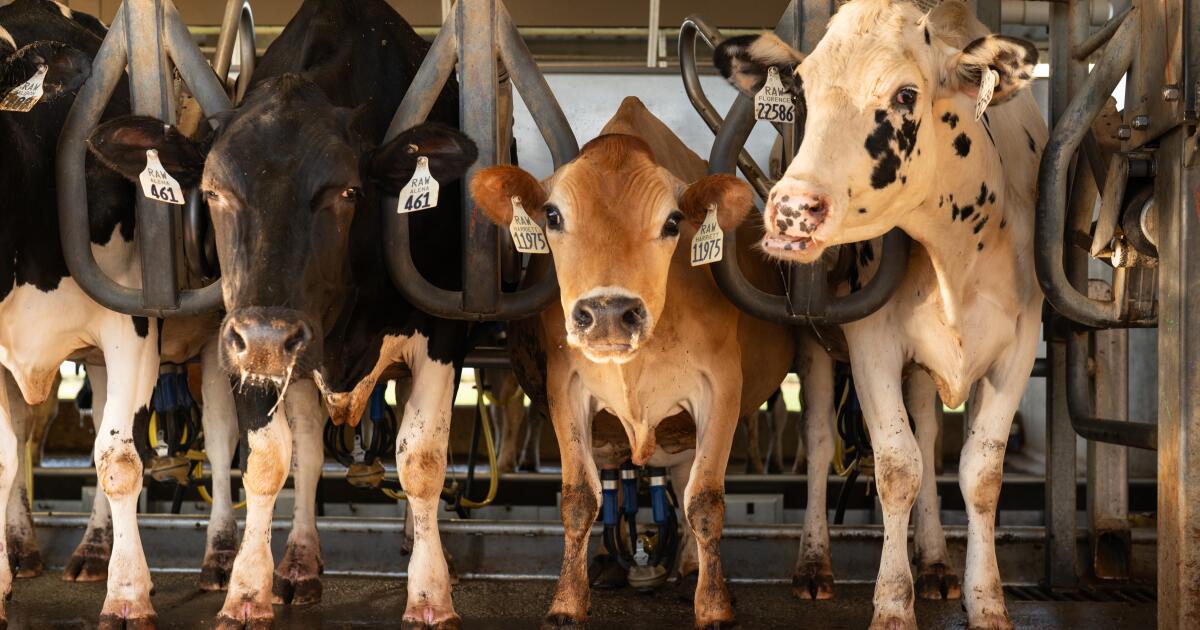
 Science2 days ago
Science2 days agoDespite warnings from bird flu experts, it's business as usual in California dairy country
-

 Technology1 day ago
Technology1 day agoLost access? Here’s how to reclaim your Facebook account
-

 Science1 week ago
Science1 week agoAlameda County child believed to be latest case of bird flu; source unknown
-

 Sports1 week ago
Sports1 week agoBehind Comcast's big TV deal: a bleak picture for once mighty cable industry


.jpeg.ca95269fce1db9861b700d87a34be4c6.jpeg)
